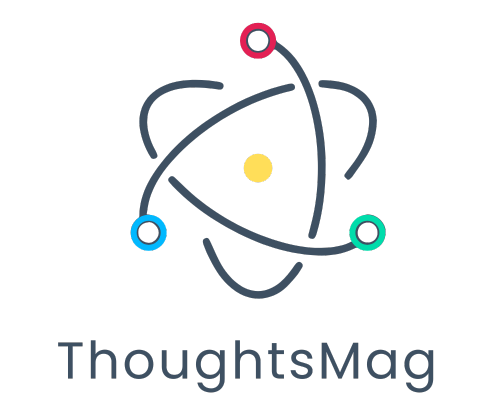The Recruitment Process Explained A Step-by-Step Guide for Hiring Success
The Recruitment Process Explained: A Step-by-Step Guide for Hiring Success
Key Takeaways:
- A well-defined recruitment process is essential for attracting and securing the best talent.
- Each step of recruitment, from job posting to onboarding, plays a pivotal role in hiring success.
- Incorporating technology can streamline tasks and enhance candidate experience.
The modern recruiting landscape is multifaceted, requiring organizations to develop a detailed understanding of various strategies and processes. It involves everything from sourcing and screening candidates to conducting interviews and hiring decisions. Businesses must change their strategies to remain competitive in light of the emergence of technology, data-driven insights, and changing workforce demands. The effectiveness of recruiting can determine the quality of hires and their subsequent impact on the organization. Companies can ensure long-term success and growth by aligning recruitment methods with organizational goals.
Outlined here is a step-by-step guide designed to clarify and structure your recruitment efforts. Understanding each phase allows you to optimize efforts and attract talent that propels your organization forward. It’s about finding the right fit for the role and company culture, ensuring sustainability and effectiveness in the workforce.
Understanding the Recruitment Process
A structured recruitment process is the foundation of hiring success. It comprises several stages, each focusing on different aspects of recruiting. From defining a role clearly to conducting interviews, each step requires strategic planning and execution. This comprehensive method guarantees a smooth shift from choosing candidates to integrating them, establishing the foundation for retaining employees.
Defining Job Requirements
The journey begins with a clear definition of job requirements. Crafting a detailed job description is crucial because it sets expectations for potential candidates. It describes the duties and responsibilities linked to the position, along with the required skills and experience. This clarity helps attract candidates whose capabilities align with the organization’s needs.
Sourcing Candidates
Sourcing is where potential applicants are identified. The range of potential candidates is broadened by leveraging different platforms such as social media, employment websites, and professional networks. It’s essential to target efforts where your ideal candidates are most likely to be found, adapting strategies to the specific industry or role. Finding talent can also be facilitated via networking gatherings and collaborations with academic institutions.
Screening and Shortlisting
Screening is a critical step that involves sorting through applications to identify candidates who best meet the job requirements. This is followed by shortlisting applicants for the next stage. Technology, such as Applicant Tracking Systems (ATS), plays a vital role here, enhancing efficiency and ensuring that only the most suitable candidates progress.
Conducting Interviews
Interviews provide deeper insights into candidates’ capabilities and how they might fit into the company’s culture. Structured interviews, consisting of standardized questions, help objectively compare candidates. Behavioral and situational questions often reveal how potential employees handle real-world challenges, a predictive metric for future performance.
Assessment and Evaluation
Beyond interviews, assessments can provide additional layers of understanding about a candidate’s abilities. These can include technical tests, personality assessments, or situational judgment tests.
Extending an Offer
After the perfect candidate has been found, the following step is to present a job offer. This includes specifying the conditions of employment, such as pay, perks, and various job requirements. At this stage, it’s crucial to ensure transparency and clarity and address any questions the candidate might have. This approach builds trust and sets a positive tone for future employment.
Onboarding
The recruitment process culminates with onboarding, a phase essential for integrating new hires into the company. A well-structured onboarding process ensures new employees have the resources and support they need to succeed. This includes orientation sessions, training programs, and mentorship opportunities, which help foster employee engagement and loyalty.
Incorporating Technology in Recruitment
Leveraging technology in recruitment processes enhances efficiency and improves candidate experiences. Tools like Applicant Tracking Systems, AI-driven analytics, and remote interviewing platforms modernize traditional methods, allowing organizations to stay competitive. As explained by CNBC, adopting technological advancements ensures more precise hiring practices by focusing on skills rather than traditional qualifications alone.
Continuous Improvement and Feedback
The recruitment landscape is ever-evolving, necessitating ongoing evaluation and optimization of recruitment strategies. Collecting feedback from candidates and hiring teams allows organizations to refine their processes continually. Making adjustments based on this feedback keeps the process in line with industry trends and best practices, setting the stage for long-term recruitment success.






